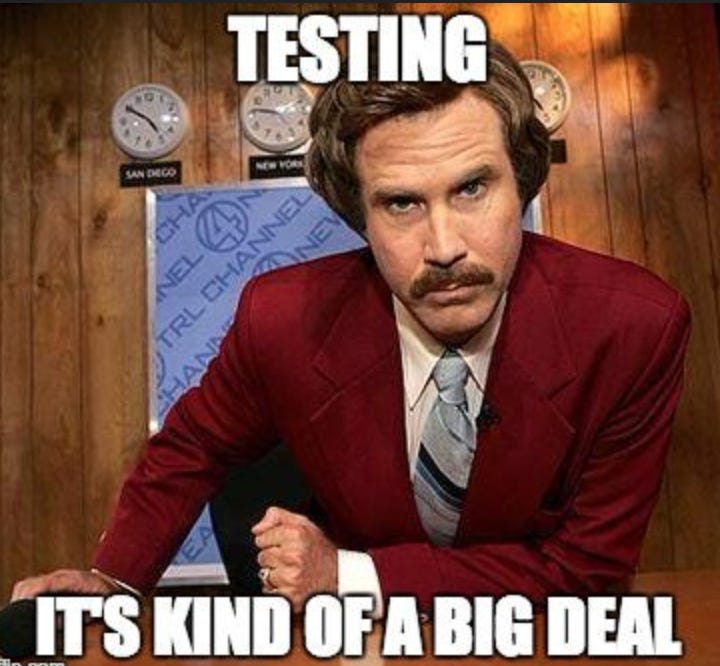The “Pick Me” CPO / CTO
Some Leaders Just Want to Be Well-Liked Above Everything Else
Some product & engineering leaders (CPOs and CTOs) are amazing at building teams, taking care of their people, and creating a happy environment.
These are people-focused leaders.
Their teams love them and they have a great reputation with certain groups in the company.
Their developers say “he’s a great leader.”
Their peers say “she was so easy to work with.”
And partners say “he always keeps his word.”
But for the CEO, Board and the owners of the company it can be a very different story.
Unfortunately, more often than not when a CPO/CTO is an amazing people manager, they aren’t always as great at delivering bottom-line results.
Pick Me!
These are the “pick me” leaders.
They want to be well-liked above everything else. And a lot of them can’t help it. That’s just how they are wired. They need the love from their team & vice-versa.
In fact, they are so good at building happy teams that key employees follow them from one organization to another.
But that doesn’t mean these leaders are going from company to company delivering results.
Very often they are just creating happy environments and adding minimal business, product or technical value.
How Can You Tell the “Pick Me’s”
You can often tell who the pick-me leaders are because they spend an excessive amount of time talking about people & not results.
They shy away from numbers and measurability and reframe discussions around teams, individuals, organizational potential and so forth.
They often get upset if their teams are questioned or criticized. They hide behind the defense of their organizations. They pride themselves on being “protective” leaders.
Their identity is wrapped up around the concept of teams and great organizations. Not necessarily business success or great outcomes.
They are not bad people of course — they are GREAT people. Everyone loves them. Maybe even the Board and CEO thinks they are good people.
But nobody would hire them again because the results just aren’t there.
When they leave, companies sort of pat them on the back and tell them “great job” while secretly thanking the gods that the person will be another companies problem soon.
In fact, these leaders are so NICE that very few companies tell them the truth, which is “you didn’t accomplish your goals.”
Can You Do Both?
Of course, you can manage people well AND get results at the same time.
It’s not as easy as it looks though.
I would estimate this group at < 10% of all CTOs and CPOs. Because let’s face it, most leaders are either one or the other: good at people or good at product/technology.
The elite, < 10% group is worth gold, though.
Building a happy team that sticks around and at the same time delivers results is rare. You get really nice outcomes that are very long-term beneficial to the company.
And you should easily pay 20% to 40% over market for this kid of leader.
Testing for “Pick Me” Leaders
It’s so easy to test for pick me product & tech leaders. We often just don’t want to do it because criticizing nice people goes against human nature.
But if you want business results here’s what you have to test for:
Do they prioritize team happiness over business outcomes?
Do they avoid hard conversations and conflict, preferring harmony over accountability?
Do they consistently deflect metrics discussions in favor of softer people topics?
Do they use terms like "shielding the team" as excuses for poor performance?
Do they have a track record of moving from one company to another with limited product or technical wins?
Do their references primarily highlight their personality and not their impact?
Do they struggle to deliver quantifiable value despite a strong, loyal team?
Do they fail to address systemic technical or product issues that affect the business?
Do they focus too much on being liked by everyone, including vendors and partners?
Do they lack a clear, repeatable track record of driving growth or significant transformation?
Closing Thoughts
Remember, pick me leaders can’t help it for the most part.
They never learned how to actually deliver, but they are awesome people managers.
They can be leveraged within the right organizational structure.
You just can’t depend on them to deliver big results.






